Key Takeaways
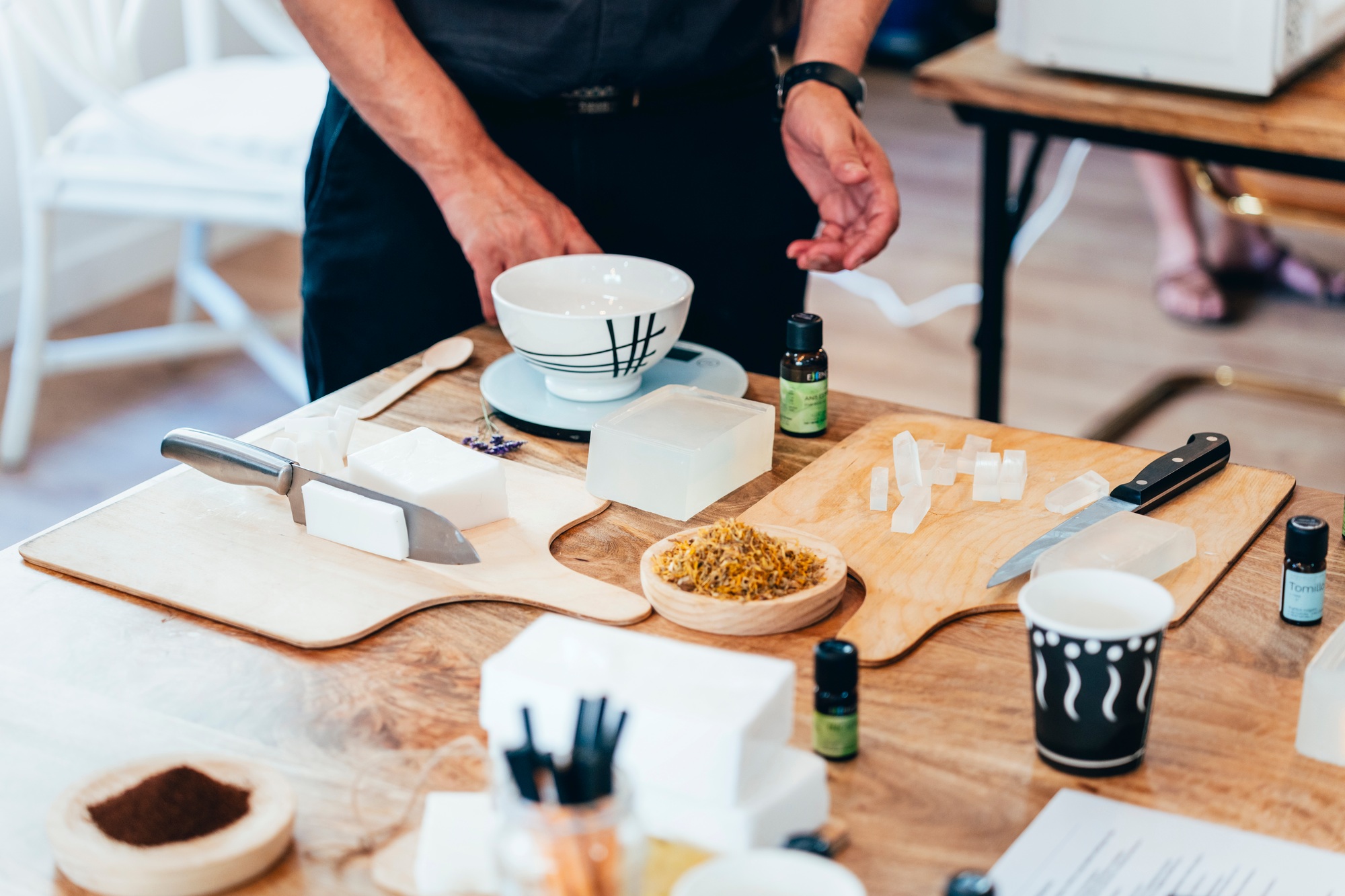
- Importance of Product Creation: Making products fosters creativity and innovation, essential for standing out in a competitive market.
- Types of Products: Focus on diverse offerings like handmade crafts, DIY kits, and upcycled items to tap into current consumer trends.
- Personal and Economic Benefits: Crafting products provides personal satisfaction and can lead to significant economic advantages, allowing businesses to set higher prices for unique items.
- Sustainability Matters: Incorporating eco-friendly materials and practices not only benefits the environment but also attracts a dedicated customer base interested in sustainable options.
- Research and Inspiration: Engage with social media, markets, and collaborations to gather inspiration, ensuring your products align with consumer interests and current trends.
In today’s fast-paced world, the ability to make products isn’t just a skill; it’s a gateway to creativity and innovation. Whether you’re a seasoned entrepreneur or a hobbyist, understanding how to design and create your own products can set you apart from the competition. You’ll discover that making products isn’t just about crafting; it’s about solving problems and adding value.
From handmade crafts to tech gadgets, the possibilities are endless. With the right tools and mindset, you can turn your ideas into tangible items that resonate with your audience. Let’s dive into the essential steps and strategies to help you make products that not only stand out but also thrive in the market.
Overview of Make Products
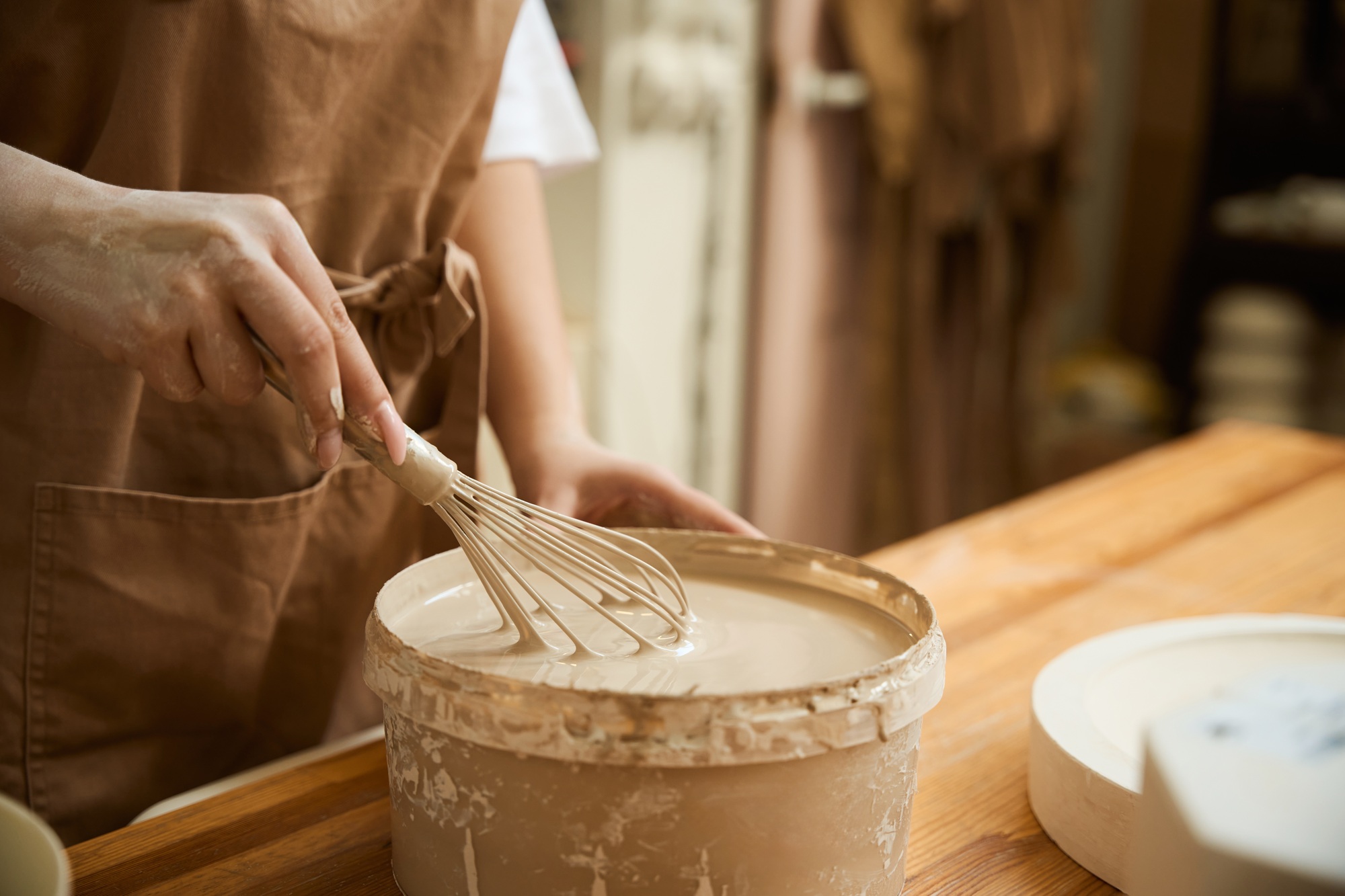
Make products represent a blend of creativity and practicality, pivotal for small businesses. Entrepreneurs and hobbyists alike find value in crafting items that fulfill specific market needs. From handmade crafts on platforms like Etsy to innovative DIY projects, the spectrum of possibilities is immense.
Embracing the handmade movement allows you to stand out in a crowded marketplace. Unique, thoughtfully designed products attract customers looking for authenticity. Each item can tell a story, strengthening your brand and fostering emotional connections with buyers.
Utilizing the right tools elevates your product creation process. You can streamline operations and optimize quality, ensuring your offerings meet consumer expectations. Engaging in DIY techniques not only enhances skills but also adds a personal touch that resonates with an audience eager for distinctive goods.
The success of your small business hinges on recognizing the importance of innovation. When creating products, focus on solving problems and adding tangible value. This strategic approach not only differentiates your products but also drives customer interest and sales.
Types of Make Products
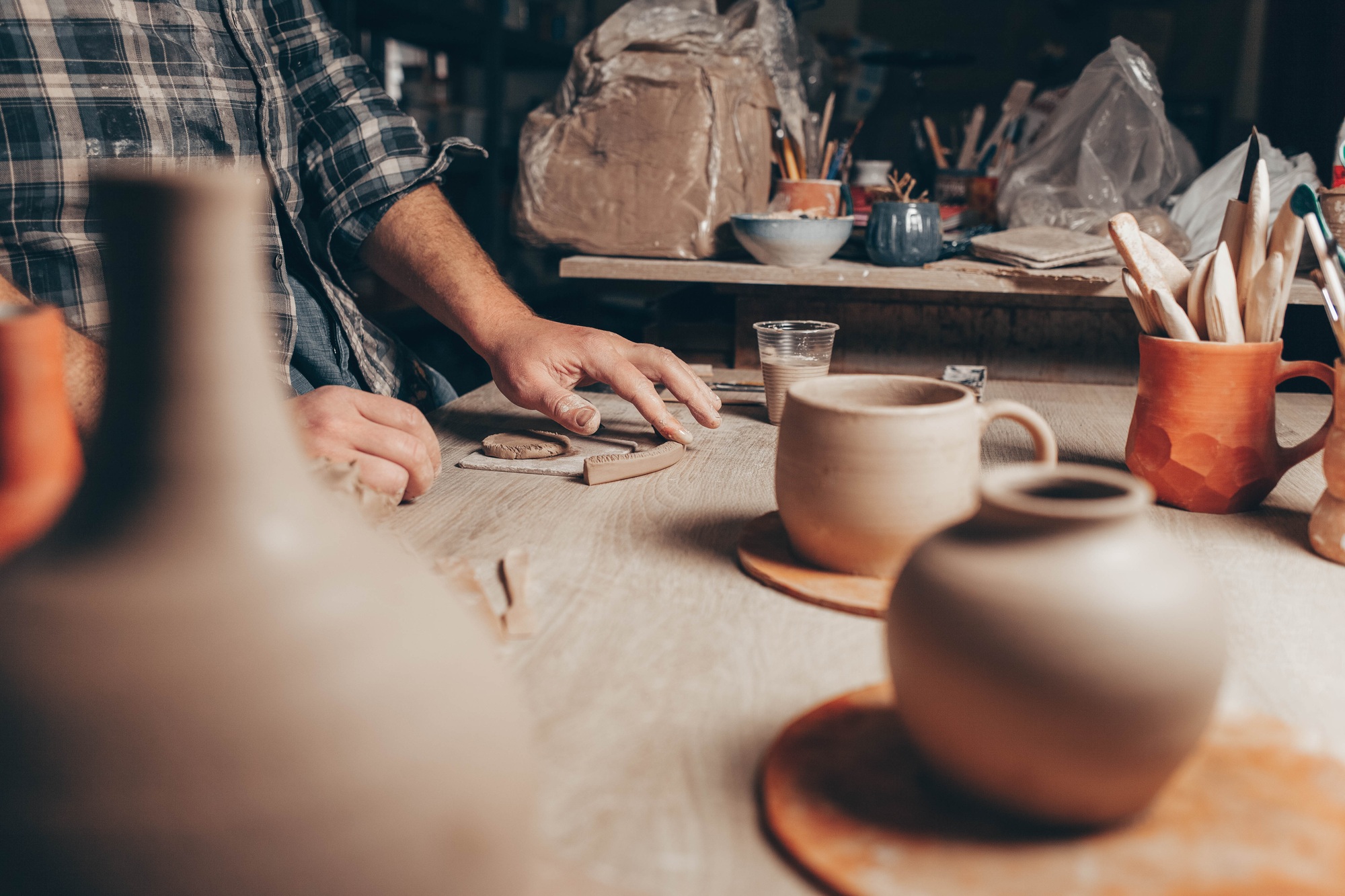
Understanding the types of make products can help your small business identify unique market opportunities. Focus on handmade crafts, DIY kits, and upcycled items to create offerings that stand out.
Handmade Crafts
Handmade crafts are items produced entirely by hand, showcasing your skill and creativity. Types of handmade crafts include:
- Jewellery: Unique pieces made with precious or semi-precious stones and metals. Handmade jewellery serves as thoughtful gifts, appealing to customers on platforms like Etsy.
- Wood Carving: Items such as furniture and sculptures created from wood. This category includes decorative features for homes, enhancing overall aesthetics.
- Painting: Original artwork done on various surfaces like wood, glass, or textiles. Hand-painted items offer a personal touch, attracting buyers seeking distinctive decor.
- Macramé: Crafts created using knotting techniques for items like jewellery and decorative products. The resurgence of macramé attracts customers looking for artisanal home accents.
DIY Kits
DIY kits empower your customers to create their own projects, blending creativity with hands-on activity. Popular types of DIY kits include:
- Craft Kits: Complete sets with all necessary materials and instructions for projects like knitting or painting. These kits simplify the crafting process, appealing to novice makers.
- Home Improvement Kits: Tools and materials for home decor projects, such as furniture upcycling. DIY home improvement kits also cater to those wanting to personalize their living spaces efficiently.
- Kid-Friendly Kits: Engaging activities for children that foster creativity. These kits often include educational elements, making them a hit with parents.
Upcycled Items
Upcycled items focus on sustainability by transforming waste materials into new products. Examples of upcycled items include:
- Furniture: Repurposed pieces made from discarded items. Upcycled furniture appeals to eco-conscious customers seeking unique home furnishings.
- Accessories: Fashion items made from repurposed fabrics or materials. Upcycled accessories promote sustainability and differentiate your products in a competitive market.
- Home Decor: Decorative pieces crafted from reclaimed materials. Upcycled home decor resonates with consumers who value both creativity and sustainability.
By incorporating these types of make products into your offerings, your small business can tap into current consumer trends, expand your market reach, and foster creativity among your customers.
Benefits of Making Products

Making products offers various advantages for small businesses, particularly in the fields of handmade crafts and DIY projects. These benefits range from personal satisfaction to economic gains, nurturing both your creativity and business growth.
Personal Satisfaction
Making your own products brings significant personal satisfaction. You gain complete control over quality and composition, ensuring every item meets your standards. For example, crafting unique handmade jewelry or customized woodwork allows you to maintain excellence that may be compromised when outsourcing to co-packers. You also experience innovation and agility by responding swiftly to consumer feedback. This direct involvement fuels a sense of accomplishment and fulfillment, particularly as your products reflect your values and creativity.
Environmental Impact
Creating products, especially through upcycling and sustainability-focused practices, positively impacts the environment. By using reclaimed materials in your crafts or products, you contribute to waste reduction and promote environmentally friendly living. Many consumers prefer businesses that showcase eco-conscious practices, so incorporating sustainable materials in your offerings can attract a dedicated customer base. Products that emphasize environmental responsibility enhance your brand’s appeal on platforms like Etsy, highlighting your commitment to sustainable practices.
Economic Advantages
Manufacturing your products can yield substantial economic advantages. Producing handcrafted items allows you to establish a unique identity in a competitive market, differentiating your brand from mass-produced alternatives. This uniqueness often commands higher prices. Furthermore, your ability to innovate and adapt quickly helps you align with changing market demands, maximizing potential sales opportunities. For instance, expanding your DIY offerings or creating curated craft kits can boost your revenue while fostering customer engagement. With strategic marketing and product positioning, you capitalize on the rising trend of personalized, handmade products, paving the way for long-term business success.
How to Get Started with Making Products
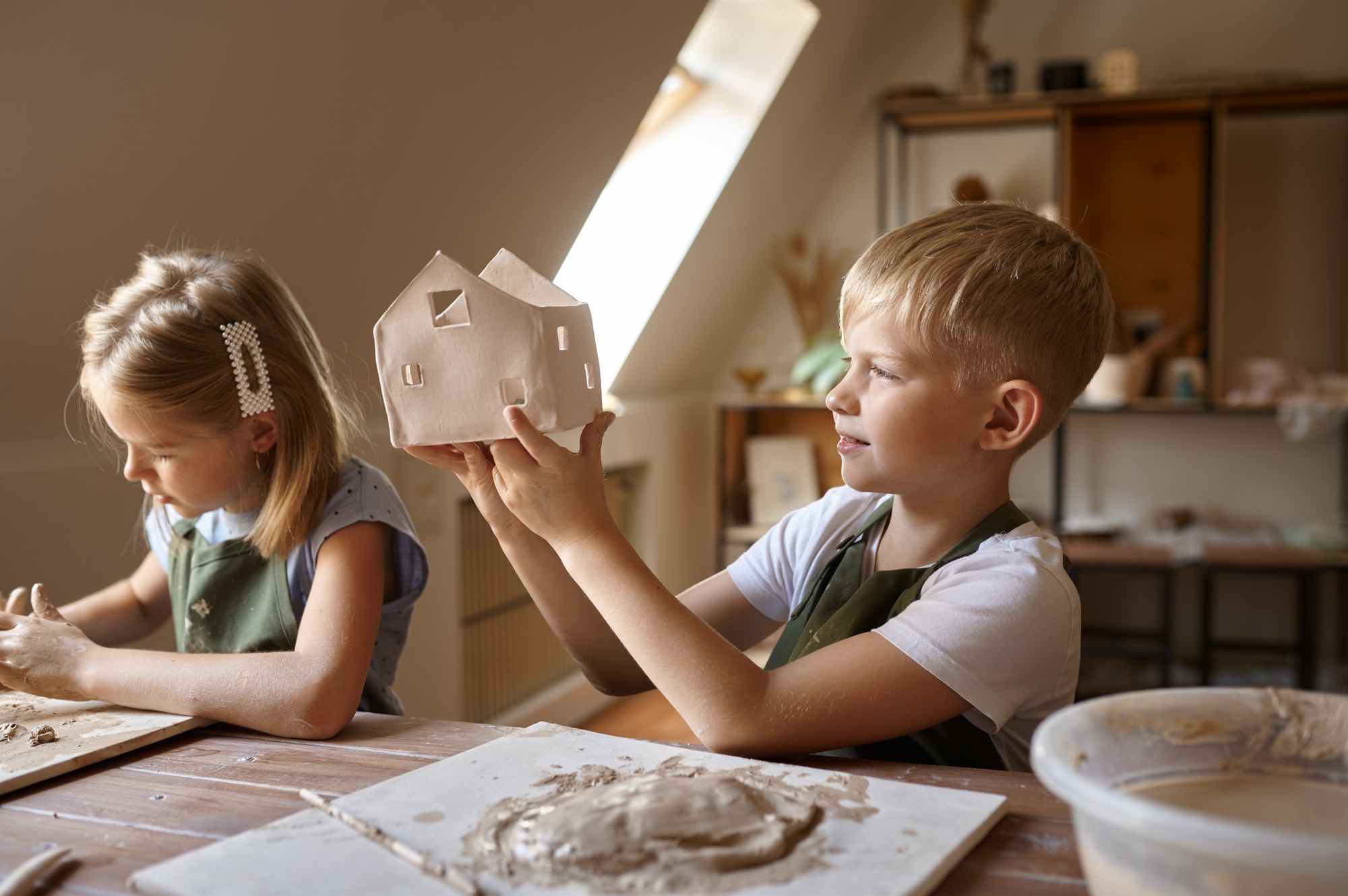
Making products combines creativity and functionality, particularly for small businesses. Start by honing in on your objectives and understanding the key elements that will drive your success.
Choosing Materials
Select materials that suit your product vision and appeal to your target market. Consider durability, aesthetics, and sustainability. Prioritize high-quality, eco-friendly materials, as these tend to resonate well with consumers, especially those who care about their environmental impact. For handmade items, sourcing materials from local suppliers not only supports your community but also enhances the uniqueness of your products. Utilize platforms like Etsy to research popular materials used in successful craft items and draw inspiration for your own selections.
Finding Inspiration
Seek inspiration from various sources to ignite your creativity. Explore social media platforms, online marketplaces, and craft fairs to gauge current trends and consumer interests. Analyze how other small businesses present their handmade products and engage with their audience. Consider collaborating with other creators or participating in DIY workshops to broaden your perspective and inspire innovative ideas for your products. Document your findings to cultivate a well-rounded product portfolio that stands out in the marketplace.
Conclusion

Creating your own products is a powerful way to express creativity and meet market demands. By focusing on innovation and problem-solving you can craft items that not only resonate with consumers but also stand out in a competitive landscape.
Utilizing high-quality materials and sustainable practices not only enhances your brand’s reputation but also attracts a loyal customer base. Engaging in the handmade movement allows you to connect with your audience on a personal level while showcasing your unique vision.
As you embark on this journey remember that every product you create is an opportunity to make a meaningful impact and drive your small business toward success. Embrace the process and let your creativity lead the way.
Frequently Asked Questions
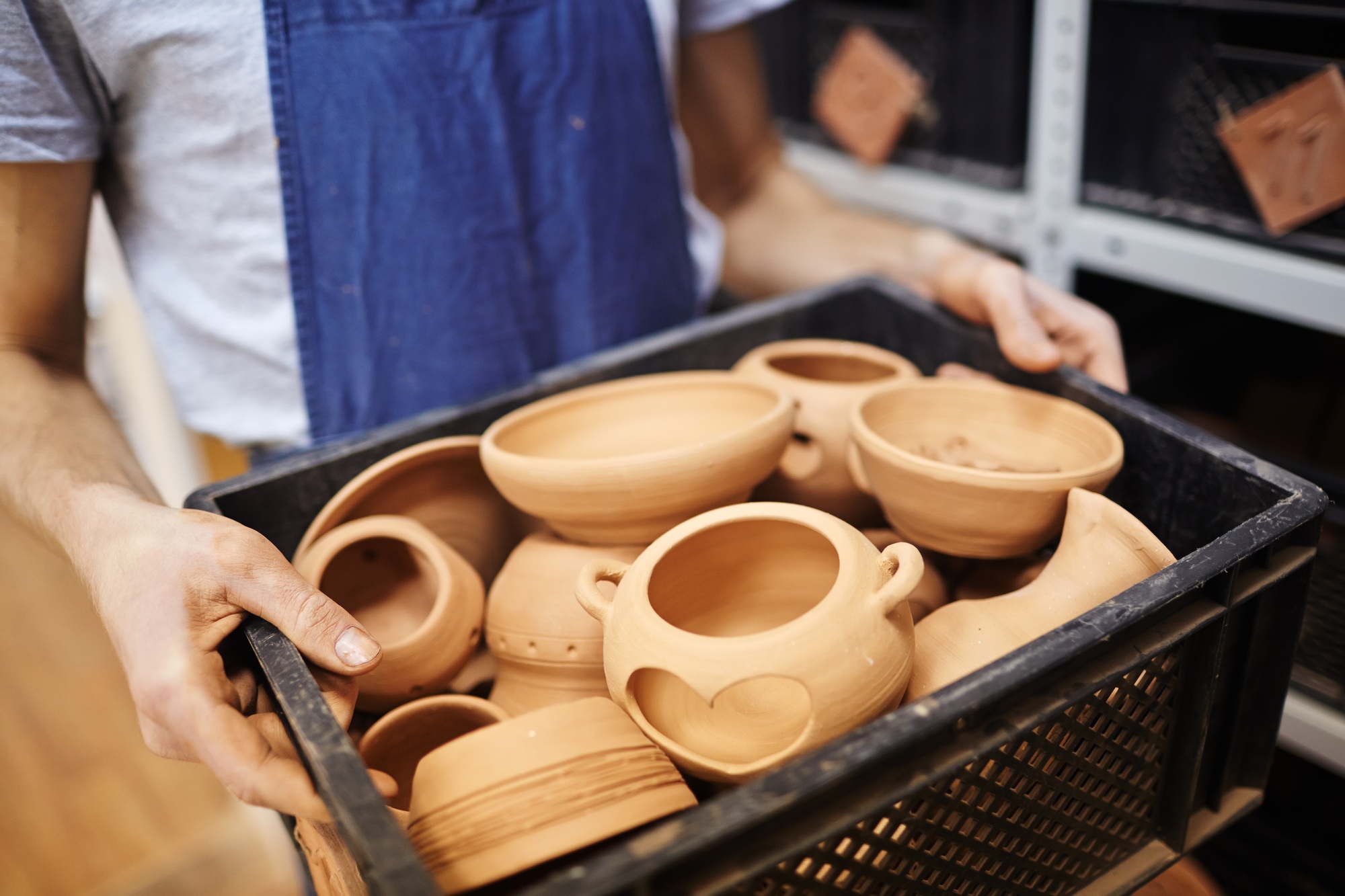
What is the importance of product creation for entrepreneurs?
Product creation is vital for entrepreneurs as it fuels creativity and innovation. It allows them to solve problems and add value in the marketplace, helping differentiate their offerings from competitors.
How can hobbyists benefit from making products?
Hobbyists can experience personal satisfaction while exploring their creativity. Making products also presents an opportunity to turn their passion into a business, tapping into market demand and sustainability trends.
What types of products can small businesses create?
Small businesses can create a variety of products, including handmade crafts, DIY kits, and upcycled items. Focusing on unique and niche markets allows them to stand out and cater to specific consumer needs.
Why is the handmade movement significant?
The handmade movement is important because it emphasizes authenticity and uniqueness. Consumers increasingly seek products that tell a story, leading to greater demand for thoughtfully designed handmade items.
How can small businesses improve their product quality?
Using the right tools and selecting high-quality, eco-friendly materials can enhance product quality. Sourcing from local suppliers also adds a unique touch, appealing to targeted customers within specific markets.
What role does innovation play in product creation?
Innovation is key in product creation as it helps businesses identify market opportunities and stay competitive. By focusing on solving problems and adding value, entrepreneurs can drive customer interest and sales.
How can I get inspiration for new product ideas?
Inspiration can be found through various sources like social media, craft fairs, and collaboration with other creators. Documenting ideas and trends can help build a diverse and well-rounded product portfolio.
What are the economic benefits of handmade products?
Handmade products can command higher prices due to their unique quality and craftsmanship. They allow small businesses to establish a strong brand identity and adapt quickly to changing market demands, contributing to long-term success.
Image Via Envato: Pressmaster, alinabitta, NomadSoul1, Dimaberlin, borodai, svitlanah, solerfotostock



